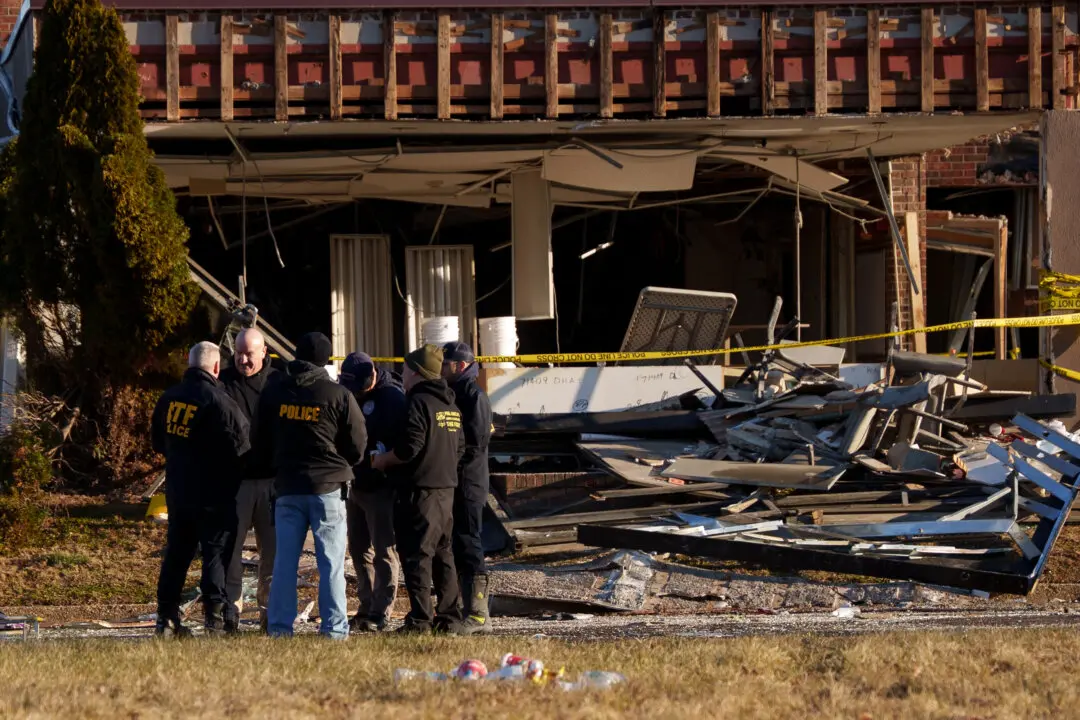BERLIN—All appeals against the conviction of a 93-year-old Nazi concentration camp guard have been dropped, a Hamburg court said on Aug. 10, making the decision legally binding and easing the way for possible future prosecutions.
Bruno Dey was convicted in July of 5,232 counts of accessory to murder in Hamburg state court—equal to the number of people believed to have been killed at Stutthof during his service there in 1944 and 1945.





